He’s an author, he’s a lawyer, he’s been a cotton farmer on a kibbutz in Israel’s Jordan Valley, and a visiting lecturer at Keio University in Japan. He’s roamed the world, and he still does. Meet novelist J David Simons.
A self-described digital nomad, it seems he was born to move.
‘I took a gap life’
“I think quite simply I always wanted to travel and instead of taking a gap year (which wasn’t such a popular concept in the early 70s as it is now), I think I ended up by taking a gap life.”
Stand-out experiences include “surfing in Japan, meeting the Dalai Lama at his home in India in 1979, ploughing cotton fields in the Jordan Valley, diving in the Barrier Reef, administering a charity for the single homeless in London, hiking the Routeburn Track in New Zealand, meeting interesting people, learning new languages, too many to name really, but the kind of things open to all those who have a desire to travel.”
The Credit Draper
Now the author of five novels, his exquisitely written debut work, The Credit Draper, is currently being serialised in The Courier.
It was shortlisted for the McKitterick Prize, and went on to form a ‘loose trilogy’, known as the Glasgow to Galilee trilogy – The Liberation of Celia Kahn and The Land Agent being the subsequent two. His latest, The Responsibility of Love, published in May last year.
His ideas seem vast and varied. How do they come?
“The Credit Draper was inspired by a story my step-father George Stone told me about an uncle of his.
“Up until that point, I thought that credit drapers were peddlers or travelling salesmen (and women) who worked in and around Glasgow.
Two cultures coming together
“When George told me he had an uncle who went off to sell goods among the Highland communities in the 1930s, I was immediately attracted to the idea of these two traditional cultures coming into contact with each other and wondered what that would be like.
“Would there be acceptance? Would there be conflict? Thus the seed of a novel was born.“
The Credit Draper starts in 1911 when young Jewish boy, Azram Esovitz, is sent to the Gorbals in Glasgow to escape conscription into the Russian army.
“It’s a story as much of a time, as of a culture, and of being a stranger in a strange land.
Significant too, is how much of a literary record it is of the Jewish culture. Nowadays Jews form a small percentage of Scots, around 6,000 from some 20,000 in the 1950s.
Values that shaped me
Describing himself as “very much a secular Jew”, David says he is “still very much influenced by the values I was raised in.
“Within The Credit Draper, I really wanted to emphasise some of these values that helped shape me – the importance of social justice, education and community – values which I think are intrinsic to Scottish culture as well.”
David was educated at Hutchesons’ Boys’ Grammar School and at Glasgow University where he graduated with a law degree in 1973, and was partner in a law firm in Edinburgh.
He currently divides his time mainly between Spain and Scotland, but his horizons are broad.
“Up until the pandemic broke out, I was having a pretty good time as a digital nomad, both working and travelling,” he explains.
“I spent time in the States, Samoa, Australia, New Zealand, Vietnam, Japan and Costa Rice. But once Covid started, that put a stop to things for a while. For the moment, I move between Scotland and Spain, working as I go along.
Life as a digital nomad
“It is a far more popular way of living these days, especially among the young, than it used to be. So much so, that over 40 countries such as Brazil, Hungary, Thailand, Croatia and Germany are offering digital nomad visas to encourage young people especially to come and live and work there.”
It’s safe to say his interest is in the world, and its people. His compassion and empathy for the ‘human’ condition’ shines in his work, and is further borne out by his actions.
He was, for example, an administrator for the single homeless charity, London Cyrenians.
His novels touch on all kinds of issues, from poverty and deprivation, to feminism, to love – his is a broad church.
He evokes a rich sense of culture, time and place in his writing, the evocative imagery and rich textures of his writing is visual and sensory. It’s like the novels appear to him as a film.
Writing in a filmic way
“I think it is hard these days to avoid writing in a filmic way,” he says. “We have so much exposure to the world via TV, movies and the Internet, that I think that for most people some kind of visual image arises as soon as they are in introduced to a location, whether that be the Scottish Highlands or a New York street.
“What I like to do is try to add an authentic detail to that scene to persuade the reader that I know what I am talking about. In The Credit Draper, it could be something like a wick and fish oil lamp or baking fish in newspapers in the fireplace. “
There is something scholarly and also enduringly empathetic about J David Simons.
At a time when many feel despairing, when compassion feels in short supply, does he think there is hope for humanity, or are we bound to repeat the same mistakes, in an endlessly grim cycle?
“I retain an inherent optimism about the human condition ,” he replies, “so yes, I believe that we can move towards being a more compassionate and kind species, even if it doesn’t feel like it at the time.
“However, I think this progression will be by baby steps rather than by any giant leaps.”
- The Credit Draper and other novels by J David Simons are published by Saraband. Saraband.net
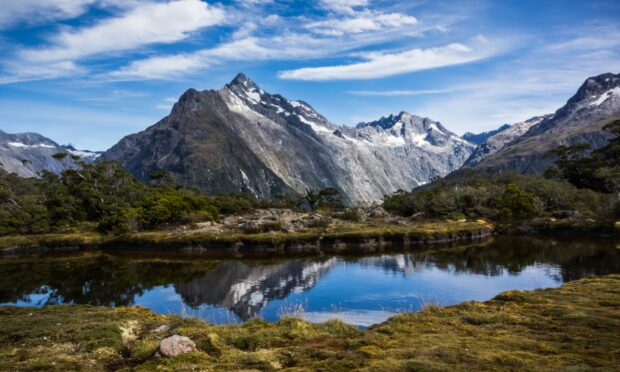
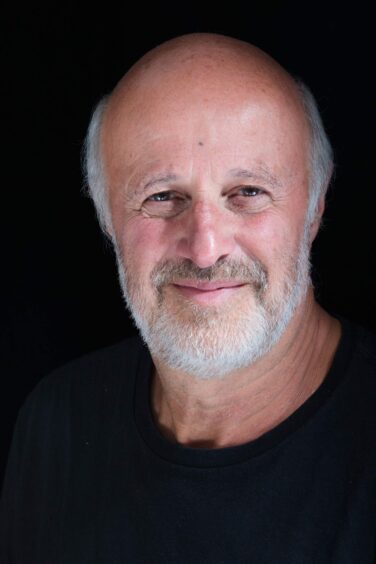
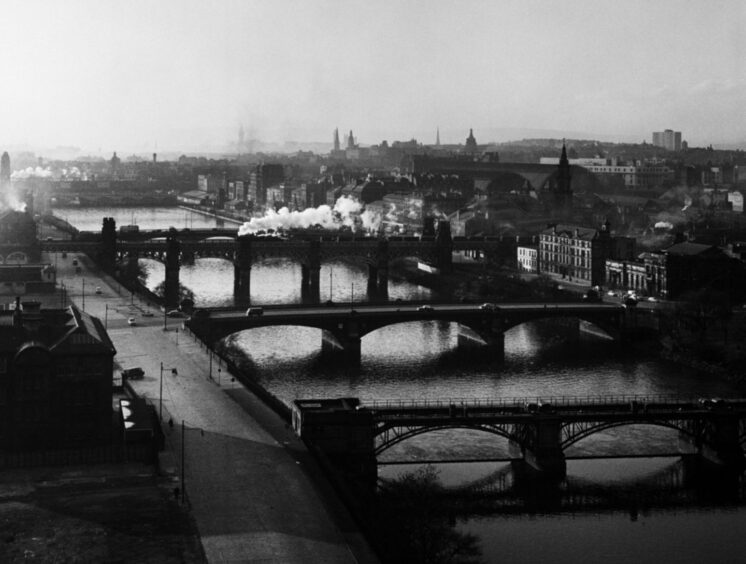
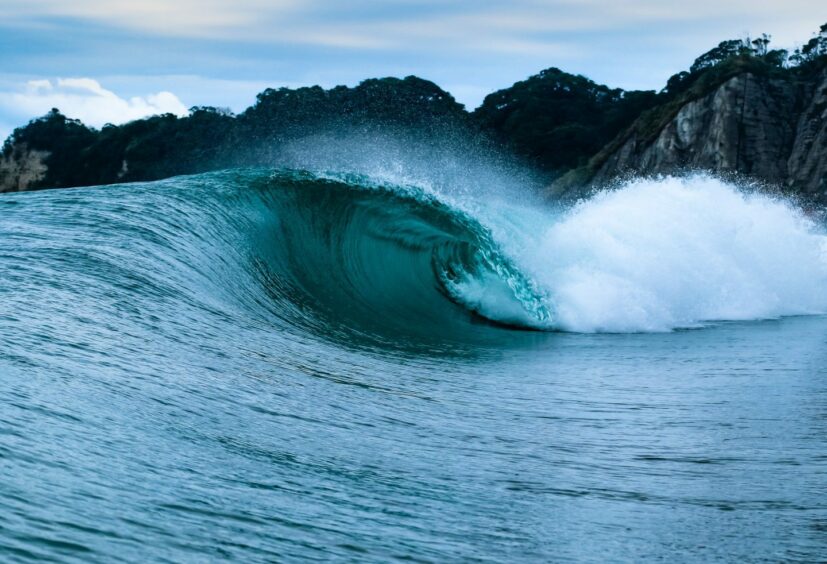
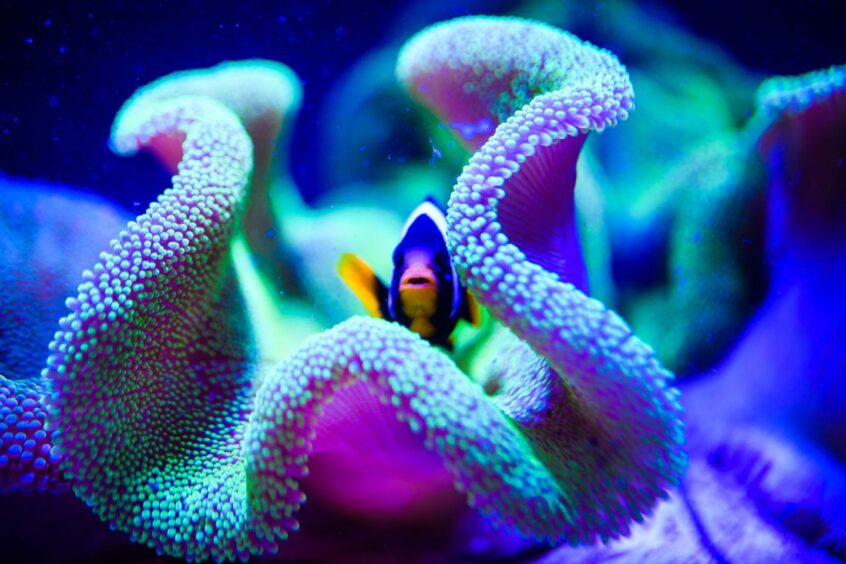
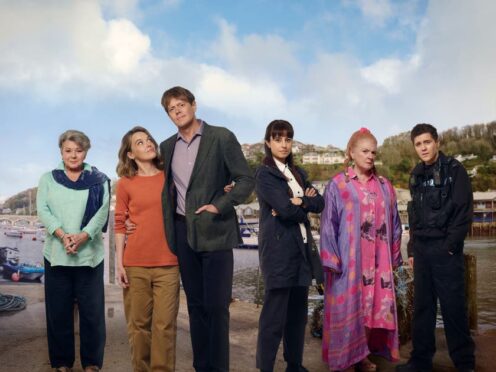





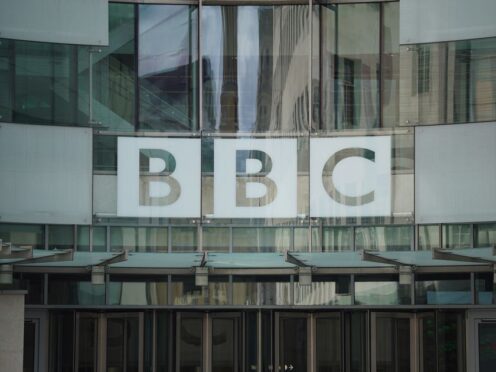

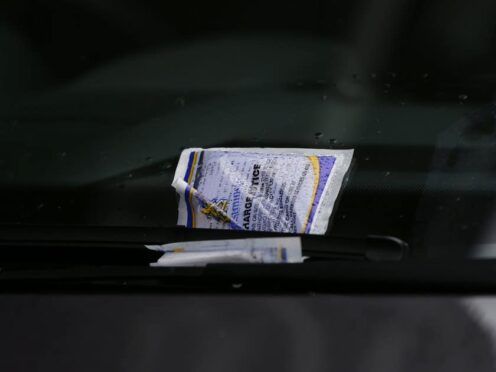
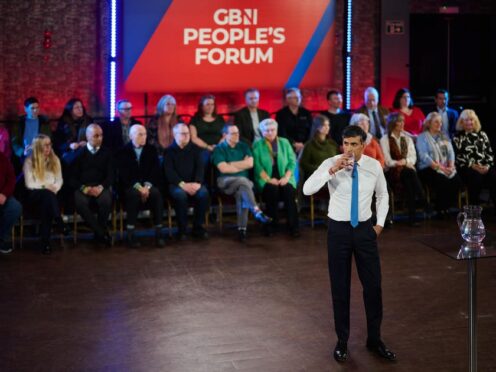
Conversation